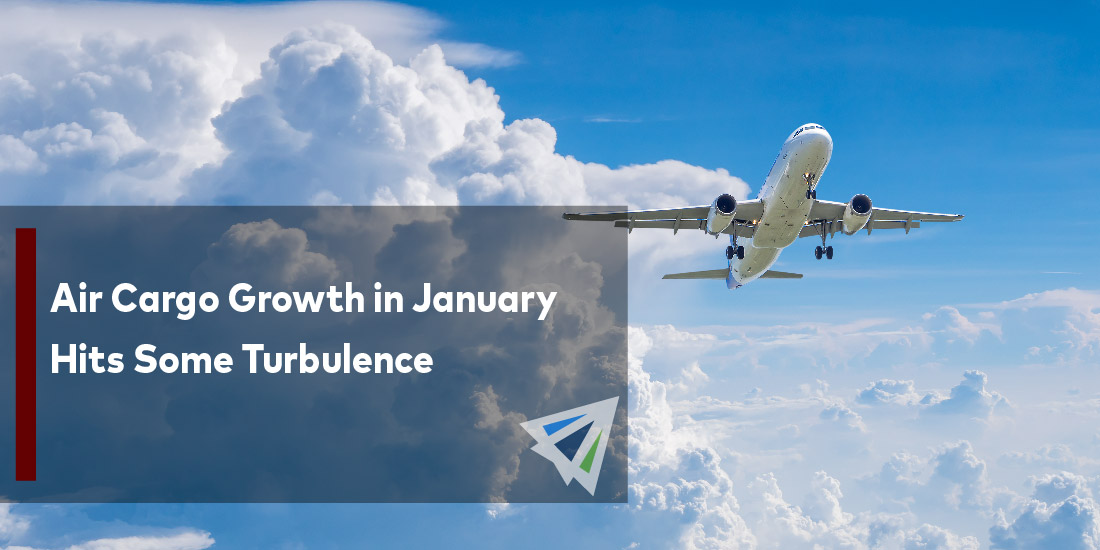Air Cargo Growth in January Hits Some Turbulence
Air freight has seen quite the wild ride over the last several years. While it used to be a premium, more safer, approach for people looking for last-minute options, air freight has become more complicated as a mode for shipping. Amid Chinese New Year, ongoing COVID concerns, weather issues, and other factors, we’ve all seen air freight take a hit over the last month.
In general, air freight rates have been roughly similar to those in 2021, and slightly down from pre-pandemic freight levels in 2019. Analytic companies have begun to cut 2020 out of the mix when crunching numbers as shipping analytics are so disproportionately skewed because of the pandemic beginning. It’s simply no longer an accurate comparison for gauging actual growth in demand and supply. With that in mind, here are current issues that are hitting the freight industry:
Decreased Capacity and Increased Rates
Decreased capacity and increased freight rates just about sums it all. But how? Air freight has usually been a consistent and safe mode of shipping. However, due to several factors, it’s becoming harder for businesses to afford and appropriately budget for air cargo shipments this year.
Air freight bookings are certainly making a comeback from 2020 slowdowns but have remained relatively consistent with 2021 levels from a volume standpoint. Businesses were moving a lot of air cargo along transpacific routes and westbound Asia-to-Europe routes in early January to get ahead of slowdowns in China for its new year celebrations.
Also, air freight is taking a hit due to continual low demand for passenger flights. It’s expected that passenger aircraft cargo will continue to see significant capacity constraints so long as COVID variants continue to disrupt the world. Furthermore, droves of COVID tests now occupy much of the available commercial air cargo space contributing to less capacity.
And to top it all off, slowdowns have naturally occurred as a result of severe weather. Additionally, the installation of 5G towers around the U.S. has led to many carriers cancelling flights out of fear of interference with radio towers on port grounds.
What Does This All Mean?
Air freight rates are currently two and half times higher than 2019 pre-pandemic levels despite a similar volume of freight being shipped. Shippers and carriers alike are facing challenges of moving cargo in wake of decreased capacity and increased freight rates.
For shippers, there is not a concrete date to which air freight rates can be expected to bounce back. That said, if any mode of shipping were to see a quicker rebound, it would be air cargo. Officials and industry experts are still warning shippers to budget for worst case scenarios and to understand that there are no short-term solutions to airline staffing shortages and an overall capacity crunch. But with patience, many are hopeful to see some improvements in rates and availability in the latter half of 2022.
Contact our team at InterlogUSA for more information about the current state of air freight. We are happy to field any questions or inquiries you may have with specific situation. Additionally, check out our weekly market updates to stay up-to-date with relevant air freight news and developments across the U.S.
